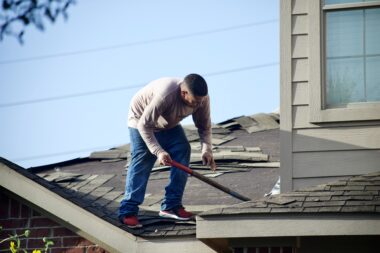How Much to Spend on Residential Investment Property Maintenance?

There are a few industry methods of evaluating how much your residential property investment maintenance should be. Whatever the method you choose, it is important that preventative maintenance is completed to minimise big spends.
Method 1. Each year put aside one per cent of your property’s value to cover the repairs and maintenance costs.
If your property is valued at $800,000, that’s $8,000 annually. This “rule” is common across the world, however, in New Zealand property managers usually recommend between 0.3 and 0.5 per cent, which is $2,400 – $4,000 per year.
Method 2. Take the monthly rental income and times it by 1.5 to calculate your annual maintenance costs.
Using the median weekly rent for Auckland in January 2023 of $575, a monthly median rent of $2,492 would mean a yearly maintenance budget of $3,738.
Method 3. Under this method investment owners allocate half their rental income to operating costs. This includes repairs and maintenance, along with expenses such as council rates, insurance and property management fees.
For example, if we were to take the $575 weekly median rent for Auckland houses/apartments, $287.50 per week would go towards the property’s ongoing costs. Over the course of the year that comes to $14,950, which includes property maintenance, repairs, and all other costs (excluding interest).
As we know there are a number of variances to most forms of evaluating costs, and therefore these three methods provide basic guidelines. The following needs to be taken into consideration.
- Property size: The maintenance requirements for a five-bedroom house will be vastly different to a two-bedroom flat.
- Property age: Generally speaking, new builds won’t need much in the way of maintenance in their first few years, while an old 1920s villa may need significantly more.
- Design: Homes that use low-maintenance building materials, for example, will require less repairs and upkeep.
- Painting the exterior: Timber weatherboards require repainting every seven to ten years and this can be a costly exercise. Meanwhile, brick homes require virtually no maintenance at all.
At the end of the financial year you may find you have a budget surplus, accumulate it for the next year and start to create a maintenance fund for your portfolio. Then, we you need to complete a big repair you won’t need to dig around and find the cash
Studies show that Landlords who have well maintained properties retain their tenants longer. If your tenant is happy and feels that the landlord is giving them a good healthy environment to live in, they will be more inclined to care for the property better. Strong relationships between Landlords/Property Managers and tenants create goodwill and will help your investment grow.
